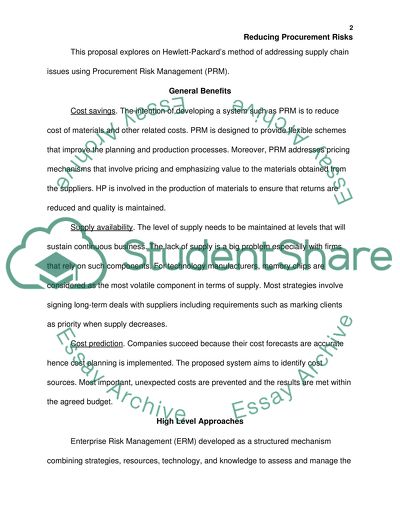Cite this document
(“Applied Information Technology Project Research Paper”, n.d.)
Retrieved de https://studentshare.org/information-technology/1392148-applied-information-technology-project
Retrieved de https://studentshare.org/information-technology/1392148-applied-information-technology-project
(Applied Information Technology Project Research Paper)
https://studentshare.org/information-technology/1392148-applied-information-technology-project.
https://studentshare.org/information-technology/1392148-applied-information-technology-project.
“Applied Information Technology Project Research Paper”, n.d. https://studentshare.org/information-technology/1392148-applied-information-technology-project.


